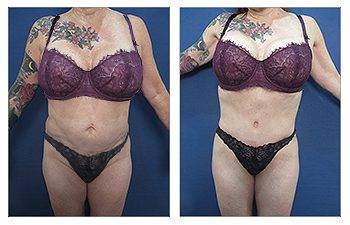


Gucci, Fendi, Prada, Hermes, Louis Vuitton…this list can go on forever. These designers all have noteworthy characteristics that make them who they are. Before we get into what a designer belly button entails, let’s take a deeper look into the world of designer brands. Let’s take Louis Vuitton, for example. Without saying anything else other than the words “Louis Vuitton”, what comes to mind? You immediately think of the LV monogram. Two letters, but with so much meaning. You then start to think of their signature Damier print, with two shades of brown juxtaposed amongst each other to create their gorgeous checkered canvas. You then start to look deeper, and begin to notice the attention to fine details. You notice their flawless stitching, immaculate quality of leather, and quickly begin to understand the workmanship that goes on behind the scenes of a creation of a simple handbag. It suddenly starts to make sense why all of Louis’ stores have a crowd of enthusiasts lining up for hours just to get in and browse their showroom.
At this point, you’re probably thinking, what does a designer brand have to do with a designer belly button?! The answer is simple. Everything. Before we get into what a designer belly button really is, let’s define when you would actually need a designer belly button. An abdominoplasty – or in plain English, a tummy tuck – involves the tightening of the midline abdominal muscles, removal of excess skin and fat, and creation of a neo-umbilicus. Let’s go over this again, but slower, so things make sense. Fluctuations in weight- whether from pregnancy, weight loss surgery or hitting the gym- will often result in weakness of the midline muscles. One of the key tenants of an abdominoplasty is to tighten those muscles with permanent sutures. That will in turn result in a smaller, or snatched, waistline. Once that is done, all of the excess skin and fat from the level of the upper aspect of the belly button to the level of the upper pubic area are removed. Think of a football shaped area of skin and fat. Gone. Now, here comes the designer belly button. Finally.
The belly button stalk itself is never detached from the underlying abdominal muscles. In fact, it is only detached from overlying skin and fat that are removed- the excess skin and fat that were shaped like a football, remember? Now. The task becomes to close the skin, keeping in mind that a huge segment of tissue was removed. The key is to make sure that the incision site remains low in the pubic area, and is well hidden in the bikini or boxer line. If you were astute, you’d be thinking to yourself…what happened to the belly button? Did you just close the skin over the belly button?! The answer is yes, and no.
Before we close the skin, we temporarily place a critical tool onto the belly button. Our proprietary, patented friend, the umbilicator! Once placed, we then close the skin, and feel for our friend hiding underneath. We then make an appropriately sized incision and reveal the umbilicator, and create our signature designer belly button. At this point, the question is, what makes this belly button a designer belly button…an Hermes, or Louis Vuitton belly button? The answer is the in the details.
When you’re going to the beach, what’s the one area that you can’t hide with your two piece bikini or swimming trunks? You’re belly button! …unless you got botched and you have your incision across your lower abdomen- but we’ll save that for a different day. So, what we do is create an innie belly button at its correct anatomical position- and therein lies the first key of a designer belly button. Next, its ensuring the size is proportional to the body. This is followed by minimizing scarring via utilizing the highest quality suture materials with the best surgical technique available. In turn, this results in a natural appearing designer belly button.
So the next time you go to the beach, and you’re wearing your favorite Damier print Louis Vuitton swim suit, just remember, that it’s going to blend exceptionally well with your Designer Belly Button!
